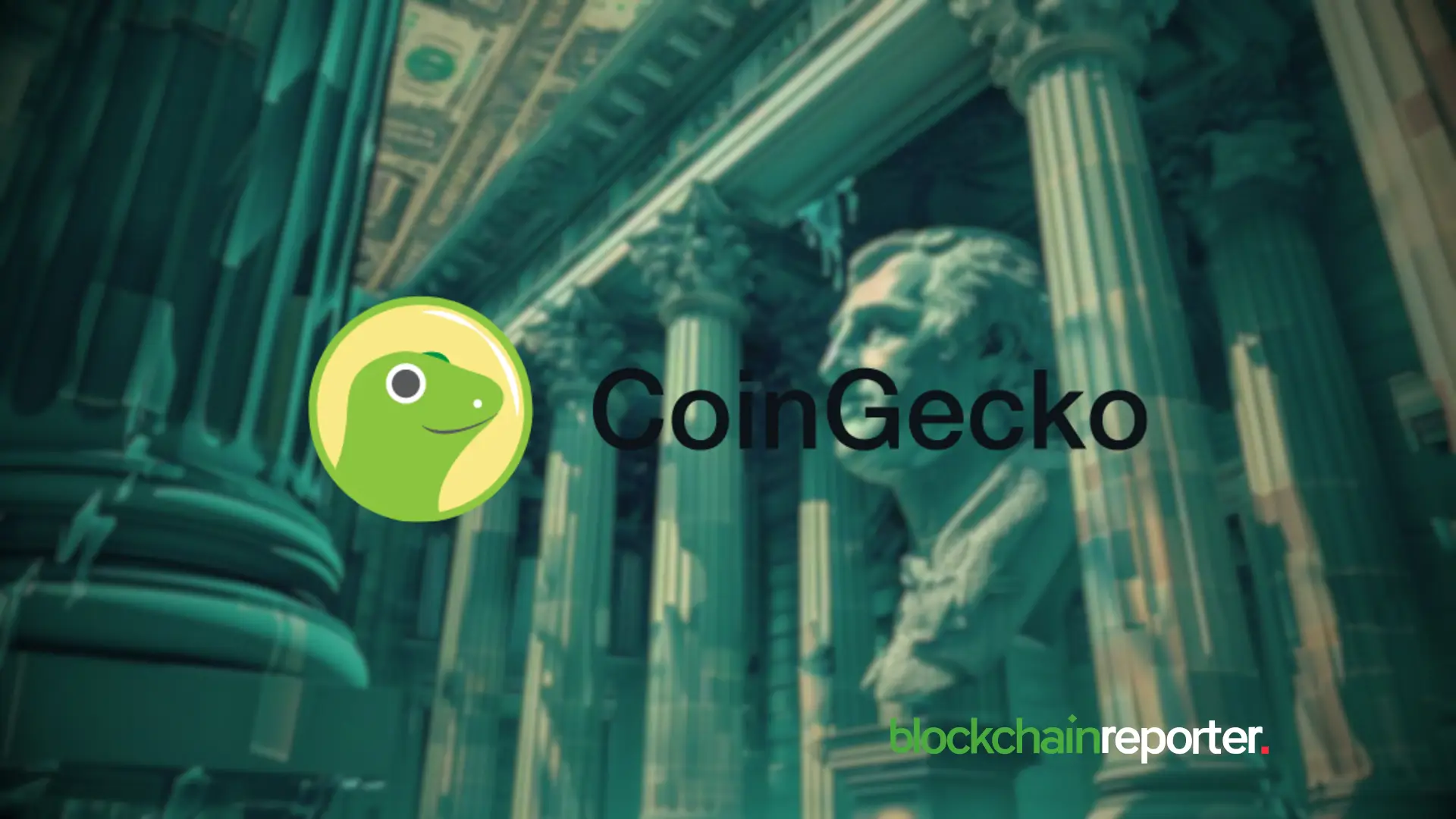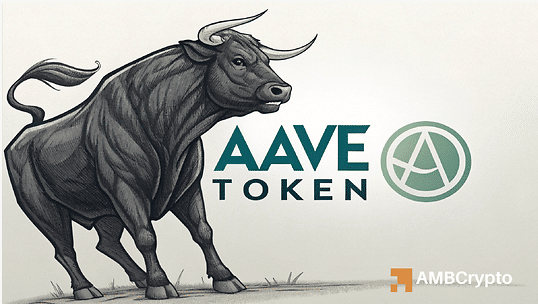CoinGecko’s latest report, “State of Stablecoins: 2024,” presents a comprehensive overview of the stablecoin landscape, highlighting significant trends, challenges, and developments within this critical segment of the cryptocurrency market. Stablecoins, which are designed to maintain a fixed value by being pegged to assets like fiat currencies or commodities, have become an essential part of the crypto ecosystem, acting as a bridge between traditional financial assets and blockchain technology.
Fiat-Backed Stablecoins Reach $161.2B Market Cap
One of the most notable findings in CoinGecko’s report is the resurgence of fiat-backed stablecoins, which have seen their market capitalization soar to $161.2 billion in 2024. This growth represents a significant recovery from the market downturn following the collapse of Terra’s UST stablecoin in 2022. Despite this impressive rebound, the current market cap still falls short of the $181.7 billion peak achieved in 2021 during the cryptocurrency bull run.
The report underscores the dominance of USD-pegged stablecoins, particularly Tether (USDT), which holds a commanding 70.3% market share with a capitalization of $114.4 billion. USDC follows with a market cap of $33.3 billion, while DAI, a decentralized stablecoin, holds $5.3 billion. Together, these three stablecoins account for a staggering 94% of the total market cap in this category. Stablecoins pegged to other fiat currencies, such as the Euro, Yen, and Singaporean Dollar, remain niche, representing only 0.2% of the overall market.
Commodity-Backed Stablecoins Grow by 18.1%
Commodity-backed stablecoins, which are pegged to the value of physical assets like gold, have also seen growth, though on a much smaller scale compared to their fiat-backed counterparts. The market cap of commodity-backed stablecoins increased by 18.1% in 2024, reaching $1.3 billion. Despite this growth, they still constitute just 0.8% of the market cap of fiat-backed stablecoins.
Tether Gold (XAUT) and PAX Gold (PAXG) dominate this segment, comprising 78% of the total commodity-backed stablecoin market. While there has been interest in expanding to other commodities, such as uranium, new projects like Uranium308 have struggled to gain traction and maintain activity.
Stablecoins Capture 8.2% of Global Crypto Market Cap
Stablecoins have solidified their position as a crucial component of the cryptocurrency ecosystem, now accounting for 8.2% of the global crypto market cap. This marks a significant increase from early 2020, when stablecoins made up only about 2% of the market. The dominance of stablecoins tends to rise during periods of market weakness, as investors seek stability amidst volatility.
The report highlights how the collapse of Terra’s UST in 2022 initially caused a sharp decline in the market share of stablecoins. However, this was followed by a surge in demand for stablecoins, pushing their market share to a peak of 18.4% during the subsequent bear market, as investors fled to these more stable assets.
8.7 Million Wallets Hold Stablecoins
The report also reveals that 8.7 million crypto wallets now hold stablecoins, with USDT, USDC, and DAI being the most widely held. USDT dominates with over 5.8 million holders, which is 2.6 times higher than USDC, its closest competitor. DAI, the leading decentralized stablecoin, is held by just over 505,000 wallets.
Growth in stablecoin adoption has slowed since the rapid expansion seen in 2020. The report attributes this slowdown to increasing concerns about the solvency of stablecoin issuers, exacerbated by the fallout from Terra’s collapse. Despite this, the adoption of stablecoins remains robust, driven by their utility in providing liquidity and stability within the crypto market.
Persistent Challenges in Peg Stability
Maintaining a stable peg is the core value proposition of stablecoins, yet this remains a persistent challenge, especially during times of market uncertainty. Established stablecoins like USDT, USDC, and DAI have improved their ability to maintain their $1 peg, even during volatile periods such as the March 2023 banking crisis, which caused significant turmoil due to concerns over deposits at key crypto-friendly banks like Silvergate and Signature Bank.
However, newer stablecoins, particularly those with algorithmic components like USDD, DAI, and FRAX, still face difficulties in maintaining their peg. These stablecoins often rely on market arbitrage mechanisms to stabilize their value, making them more susceptible to volatility. The report also points to past failures, such as Iron Finance and Basis Cash, as reminders of the risks associated with poorly designed stablecoin models.
CoinGecko’s report paints a picture of a rapidly evolving market that has shown remarkable resilience and growth, particularly in fiat-backed stablecoins. However, it also highlights ongoing challenges, particularly in the areas of peg stability and market share diversification. Stablecoins continue to play a pivotal role in the broader market, and their ability to maintain stability and inspire confidence among users will be critical to their sustained success.
Credit: Source link















































